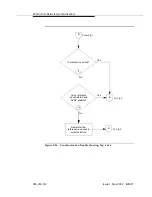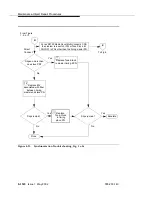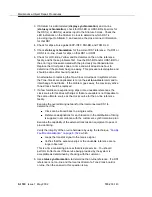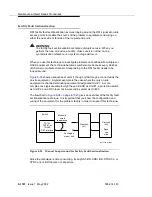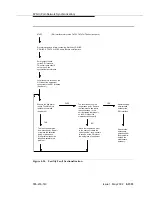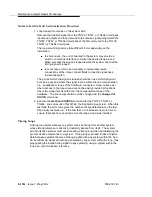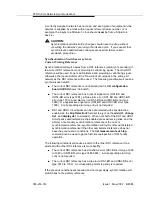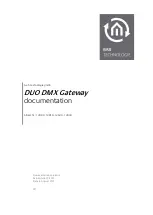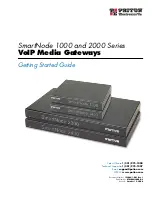
Maintenance-Object Repair Procedures
555-233-143
8-1512
Issue 1 May 2002
The status synchronization command shows the current synchronization
reference per cabinet. The display synchronization command shows the
synchronization references (e.g. primary, secondary) that are administered.
The list timing-source command displays all DS1 and UDS1 locations that are
allowed to be administered as primary or secondary references with the change
synchronization command.
Other commands associated with Synchronization Maintenance are disable
synchronization-switch and enable synchronization-switch. These
commands are used to disable the ability of Synchronization Maintenance to
switch between synchronization references and to enable this switching ability,
respectively. The set synchronization command is executed only after
synchronization has been disabled and is used to manually switch to a specific
synchronization reference. This command is useful to diagnose synchronization
problems by forcing a specific reference (DS1, UDS1, or Tone-Clock) to be the
system synchronization reference to determine if a specific reference is providing
a valid timing signal.
Troubleshooting Approach
Slip errors are the primary symptom associated with being unsynchronized.
A correct Synchronization plan for the network keeps the systems within the
network transmitting data at approximately the same rate to avoid situations
where:
■
One system transmits data at a rate faster than another system can receive
the data (in which case data is lost).
■
One system transmits data at a rate slower than another system expects to
receive data (in which case data is repeated).
Either of these situations, data being lost or repeated, is a slip.
When troubleshooting synchronization problems when slips are the primary error
log entry indications of a synchronization problem, requires that the problem be
isolated to:
■
A problem outside of the switch (That is, the switch is not properly
synchronized to the rest of the network.)
■
A problem internal to the switch
DS1 and UDS1 circuit packs can be administered with slip detection enabled via
the Slip Detection? field set to a y (see the add ds1, change ds1, and display
ds1 commands). All DS1 and UDS1 circuit packs administered as slip enabled
will be counted in the following algorithm:
Summary of Contents for S8700 Series
Page 50: ...Maintenance Architecture 555 233 143 1 26 Issue 1 May 2002 ...
Page 74: ...Initialization and Recovery 555 233 143 3 12 Issue 1 May 2002 ...
Page 186: ...Alarms Errors and Troubleshooting 555 233 143 4 112 Issue 1 May 2002 ...
Page 232: ...Additional Maintenance Procedures 555 233 143 5 46 Issue 1 May 2002 ...
Page 635: ...status psa Issue 1 May 2002 7 379 555 233 143 status psa See status tti on page 7 406 ...
Page 722: ...Maintenance Commands 555 233 143 7 466 Issue 1 May 2002 ...




















